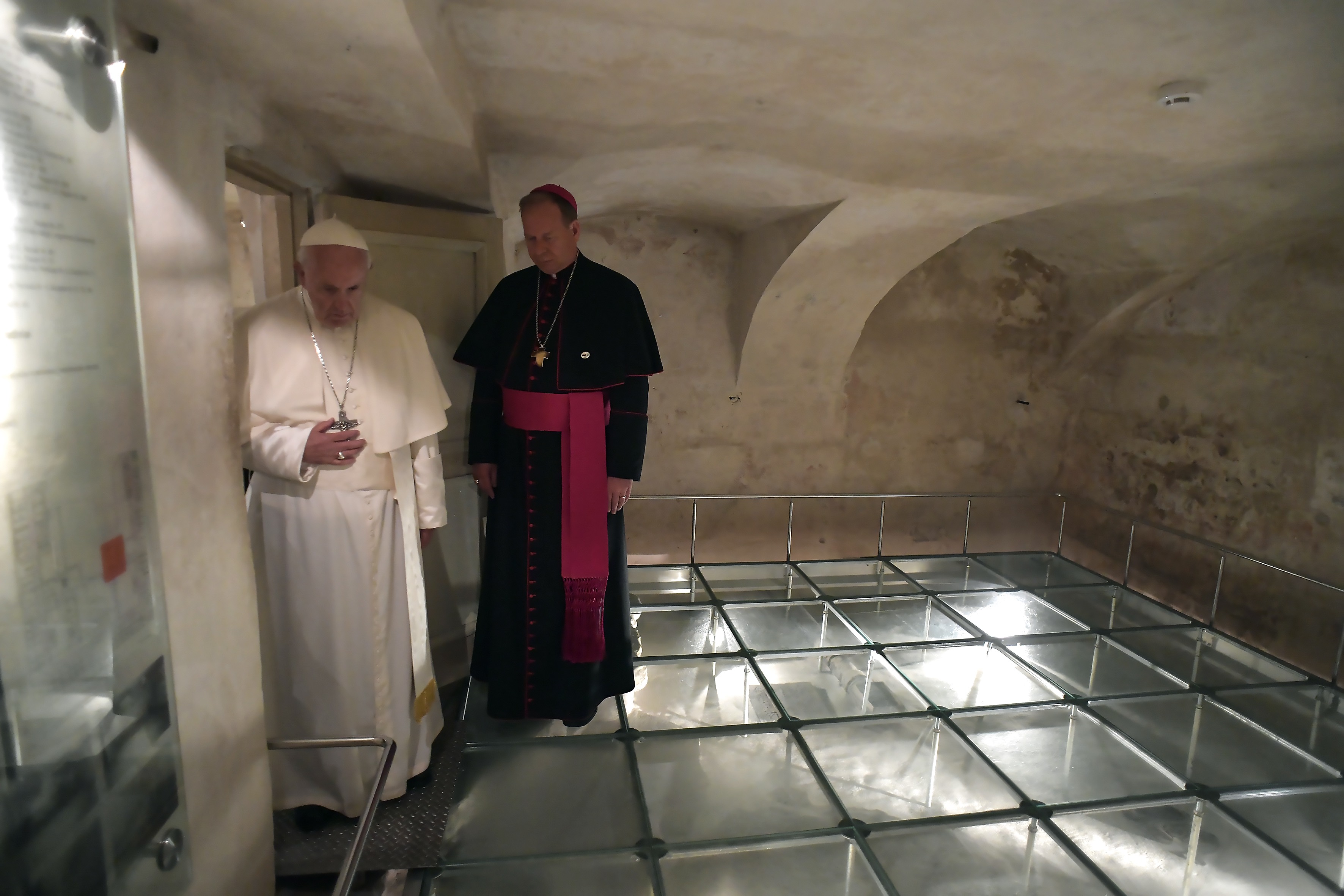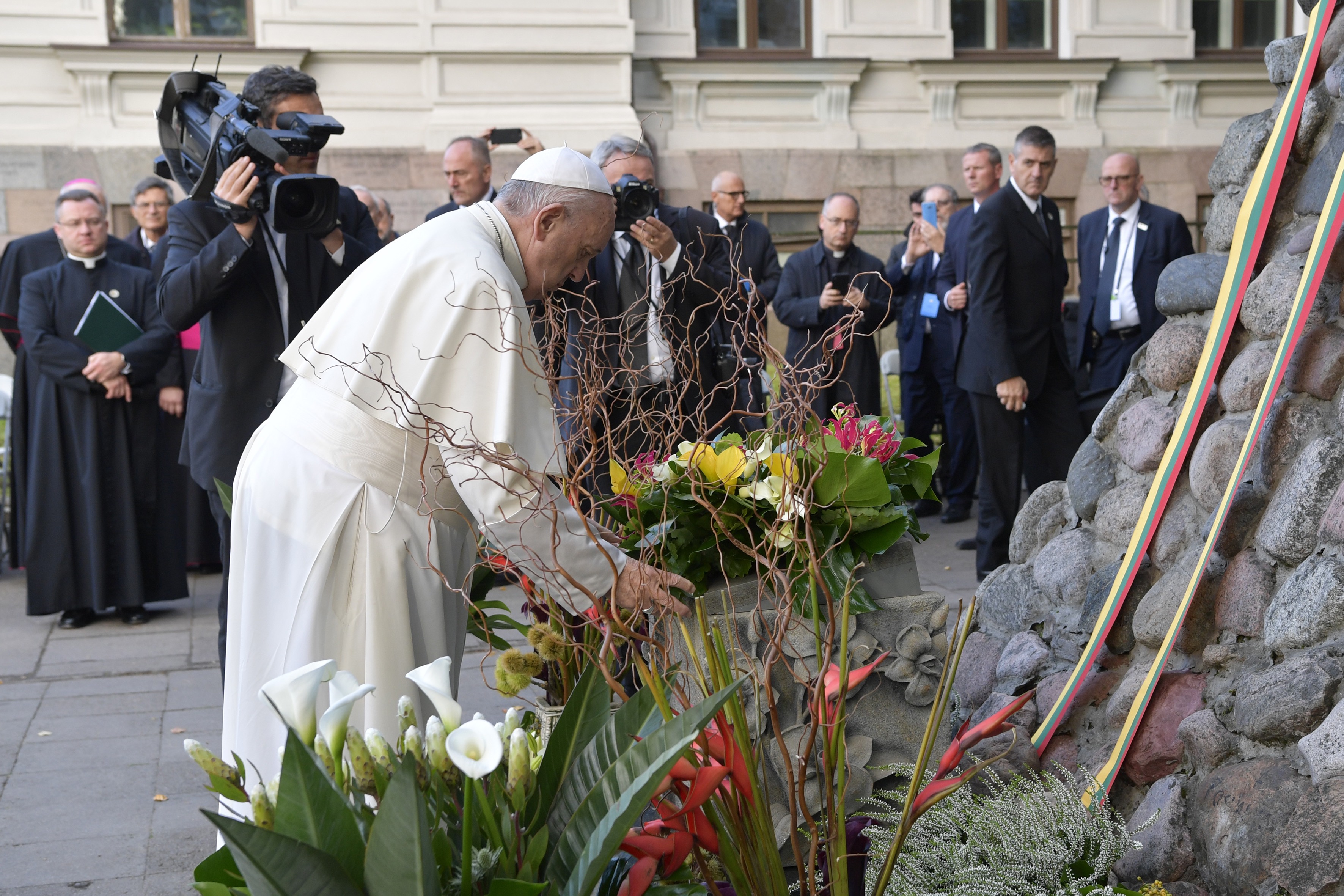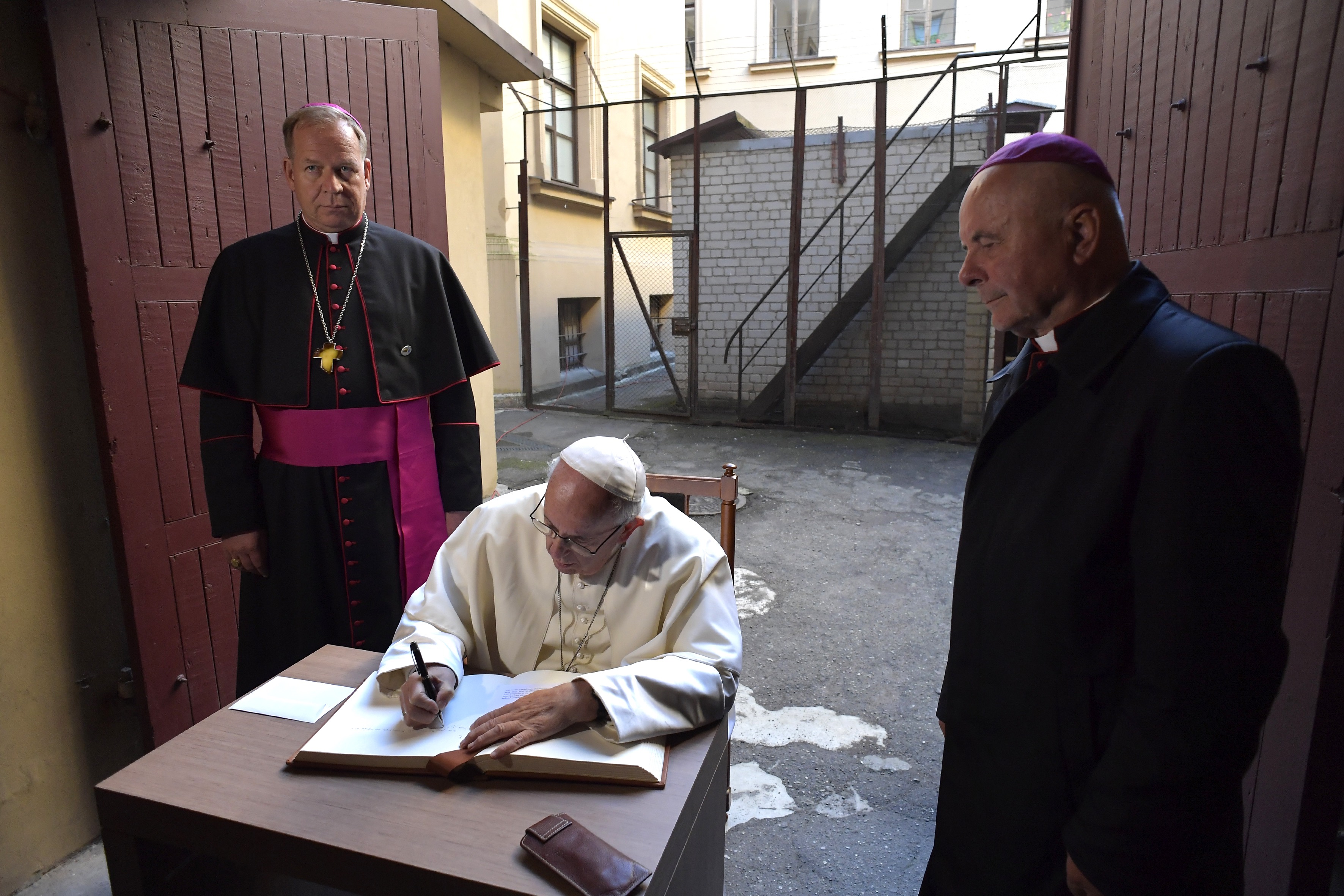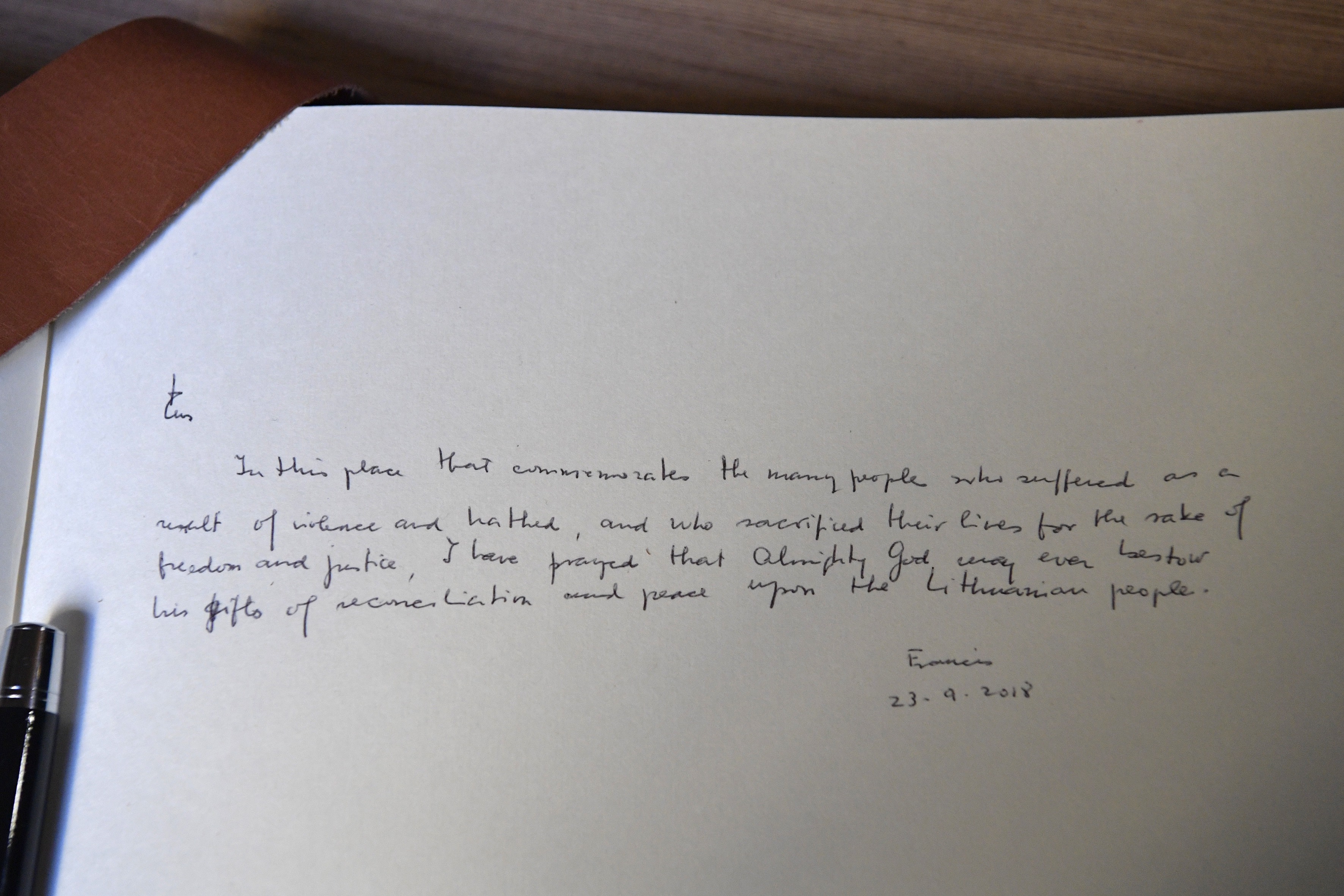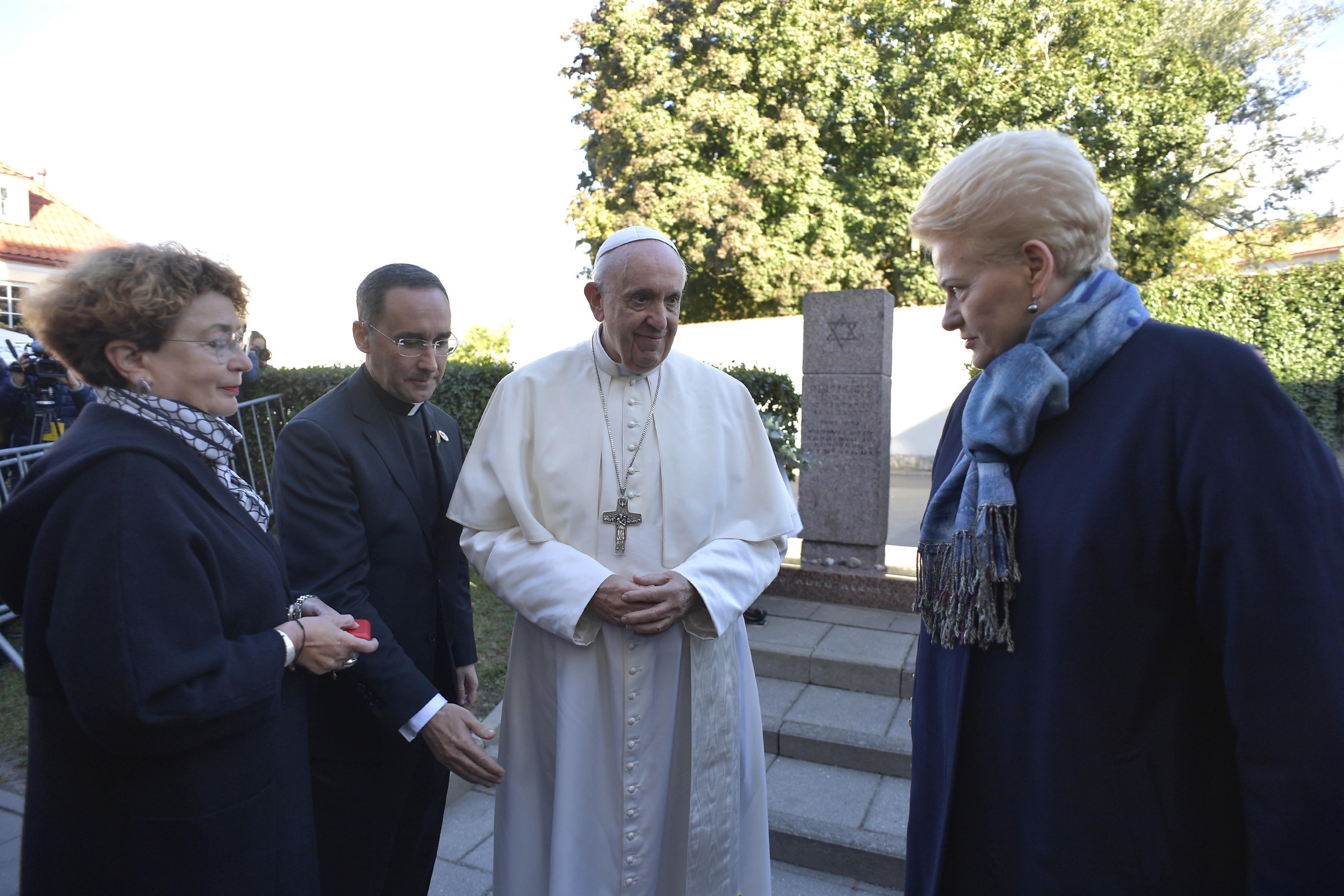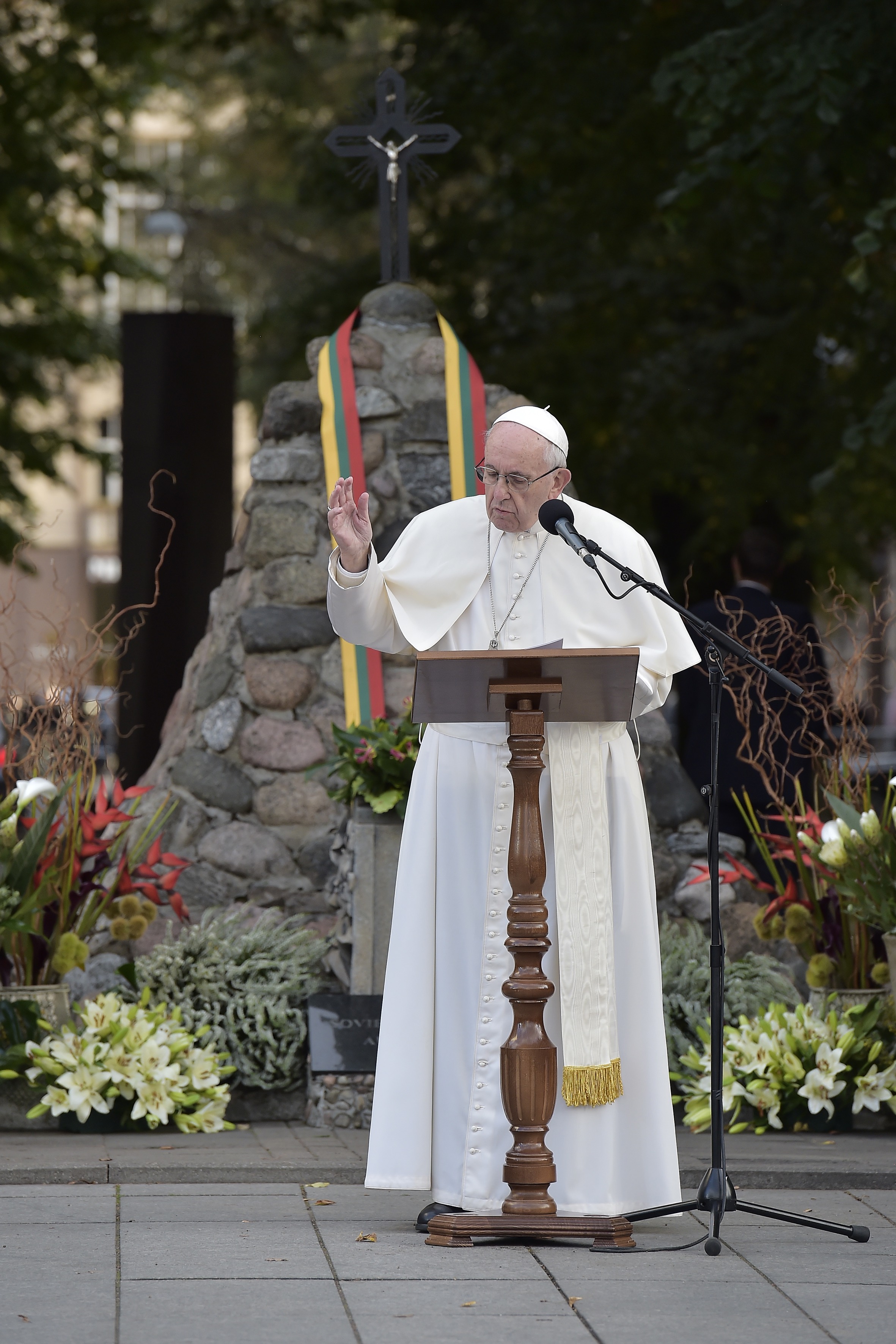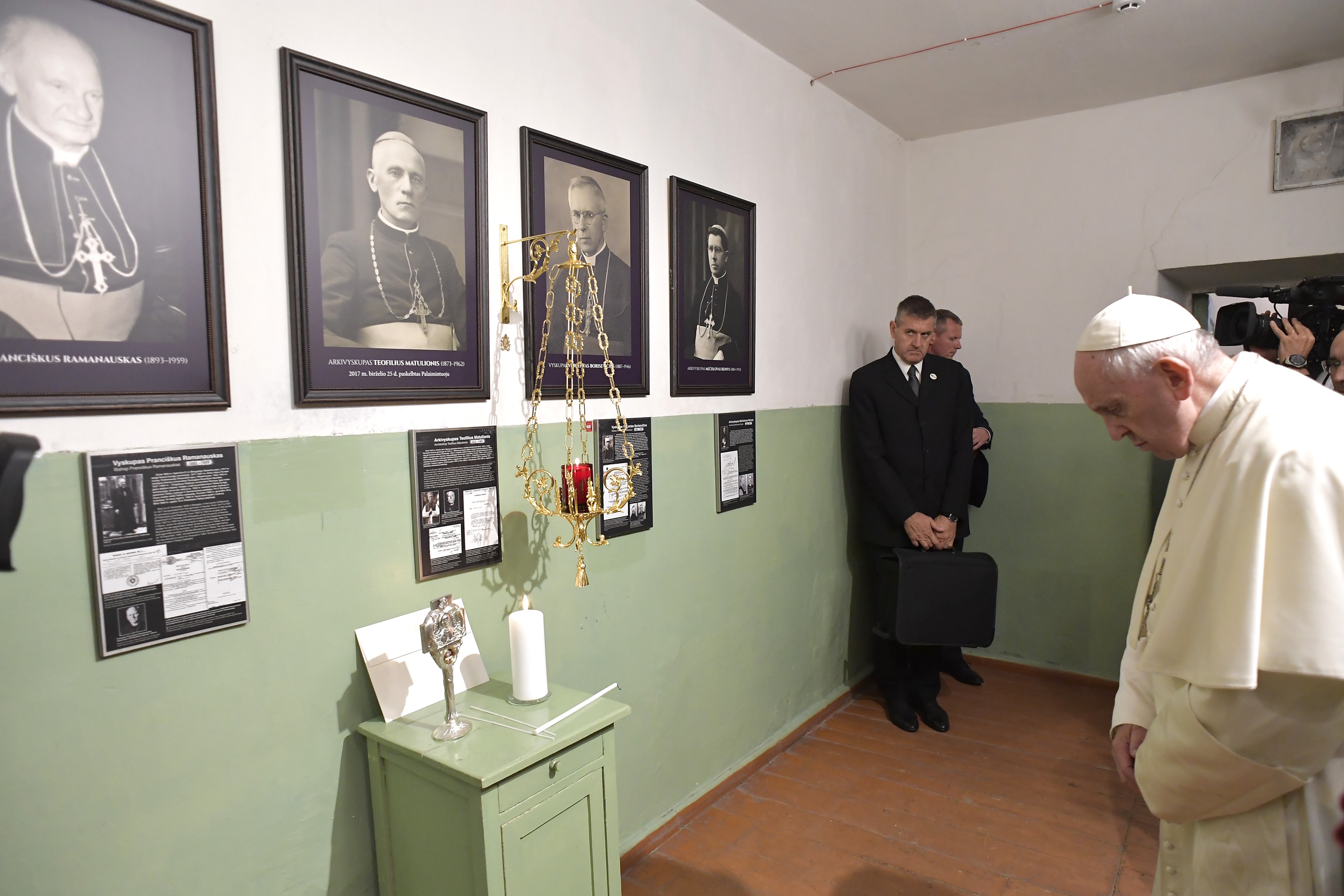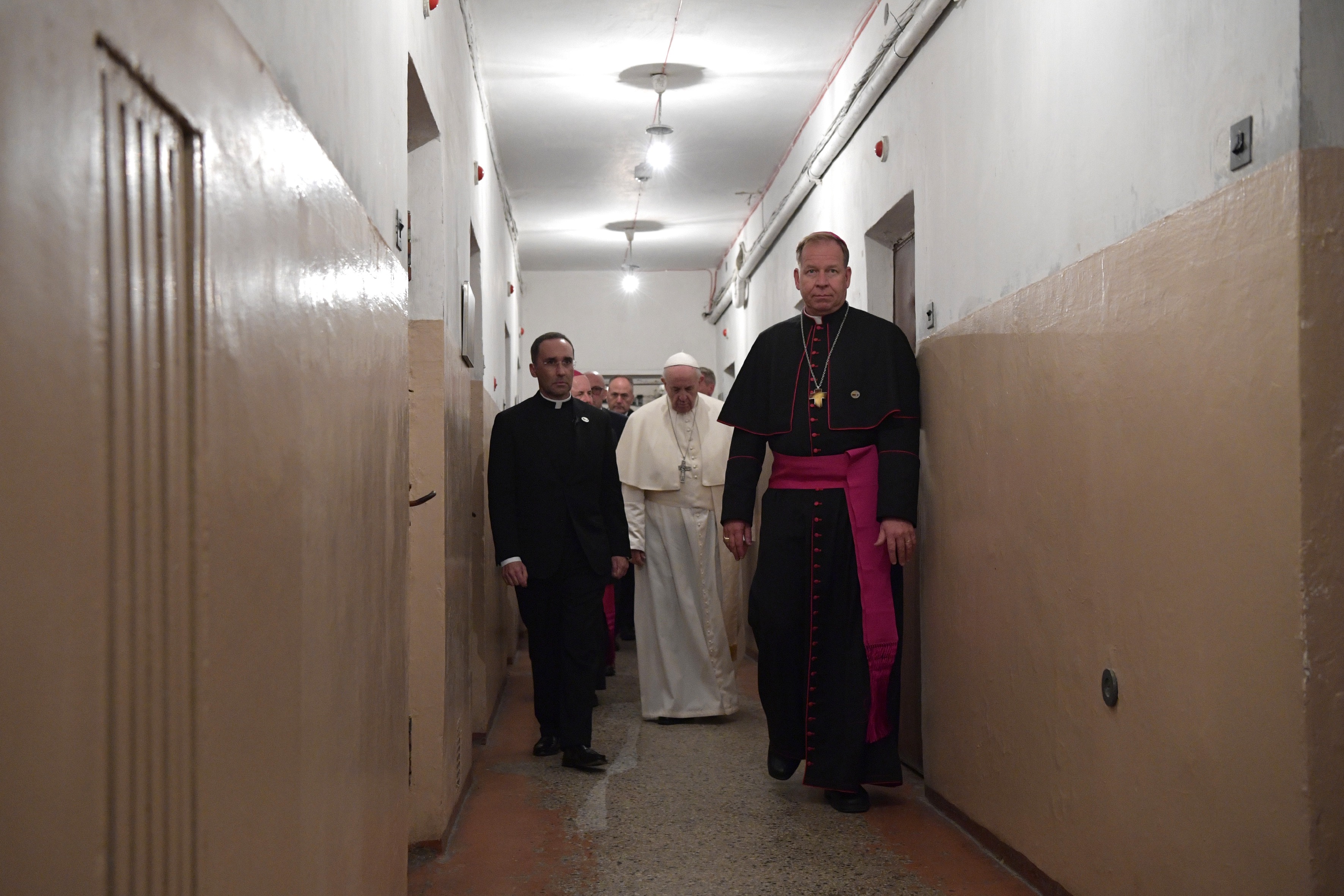If it were like most other buildings in central Vilnius, it would be renovated or perfected from top to bottom. The intent of the Museum of Occupations and Freedom Fights, on the other hand, is exactly the opposite, to preserve the falling-apart walls, uneven floors, dark basements and the stuffy air. The reason for this is that the history of this building, the museum’s headquarters, speaks better than any book about the most precious good for Lithuania today: freedom.
It’s interesting to learn that both the Nazi Gestapo and the Soviet KGB chose this place as their headquarters, when they occupied Lithuania with an iron fist. The museum brings visitors through the history, starting with resistance, then to the invasions, first German, then Russian, when the fate of the Second World War turned against Hitler.
Lithuania thus becomes a republic of the Soviet Union, until the long-awaited collapse of Communism throughout Eastern Europe. Repression of political dissent was ruthless, made up of limitations of all sorts to personal freedom, arrest, interrogation, detention, torture and death.
The basement was used as a prison. There were cells with even 20 people piled on the bare floor; tanks filled with icy water where they would throw prisoners. The isolation cell was a windowless hole. Other cells are in the courtyard, places where some could be allowed to breathe a little, but not more than an hour a day. The prison regime improved only a little in the mid-1960s, with the death of Stalin. The repression, in the name of state atheism, did not spare the Church.
Cardinal Audrys Juozas Backis, Archbishop Emeritus of the Lithuanian capital of Vilnius, says: “Let us think that there were only nine churches left open, the cathedral was a concert hall … the church of San Casimiro was a museum…a museum of atheism!
“John Paul II said,” he continued, “that what happened in our countries is an anthropological catastrophe that has touched the conscience of the people. The grandparents are those who have transmitted something… religion was like a piece of an ancient museum, which had not lived.”
And so many bishops and priests entered here, being indicted for anti-Soviet propaganda. Those who left generally went toward the Siberian gulag, because the alternative was a hasty bullet in the head, in the so-called execution chamber.
The tragic final balance for all Lithuania is drawn on a panel in front of the entrance: 50,000 dead on the conscience of Communist Russia, and even more those killed by the Germans: about 240,000, mostly Jews, who made Vilnius the famous “Jerusalem of the North.” Today, there are only 5,000 left throughout the country.
The museum was established not even a year after Lithuanian independence. Today it welcomes almost 90,000 visitors a year, and promotes school initiatives such as teaching the young how the freedom they enjoy has a cost. Every year, young Lithuanians who have not seen these events, fortunately for them, with their own eyes, re-depict the recent history of their country through pictures, short movies, exhibits, and handmade objects. It’s a competition. The drawings displayed here at the entrance to the museum are the ones deemed most beautiful and inspired.
Dale Rudiene, an organizer who works within Lithuania’s Ministry for Education, says: “Every year we organize this contest and some 1,000 students participate. If you do not know the past, how can you build a future without oppression, without cruelty?”
Pope Francis just visited the museum this afternoon. Here are some photos with Vatican Media copyright of his visit.
Zenit Vatican Correspondent Deborah Castellano Lubov is in Vilnius, as she is covering the Pope’s visit to the Baltic States from the papal flight







